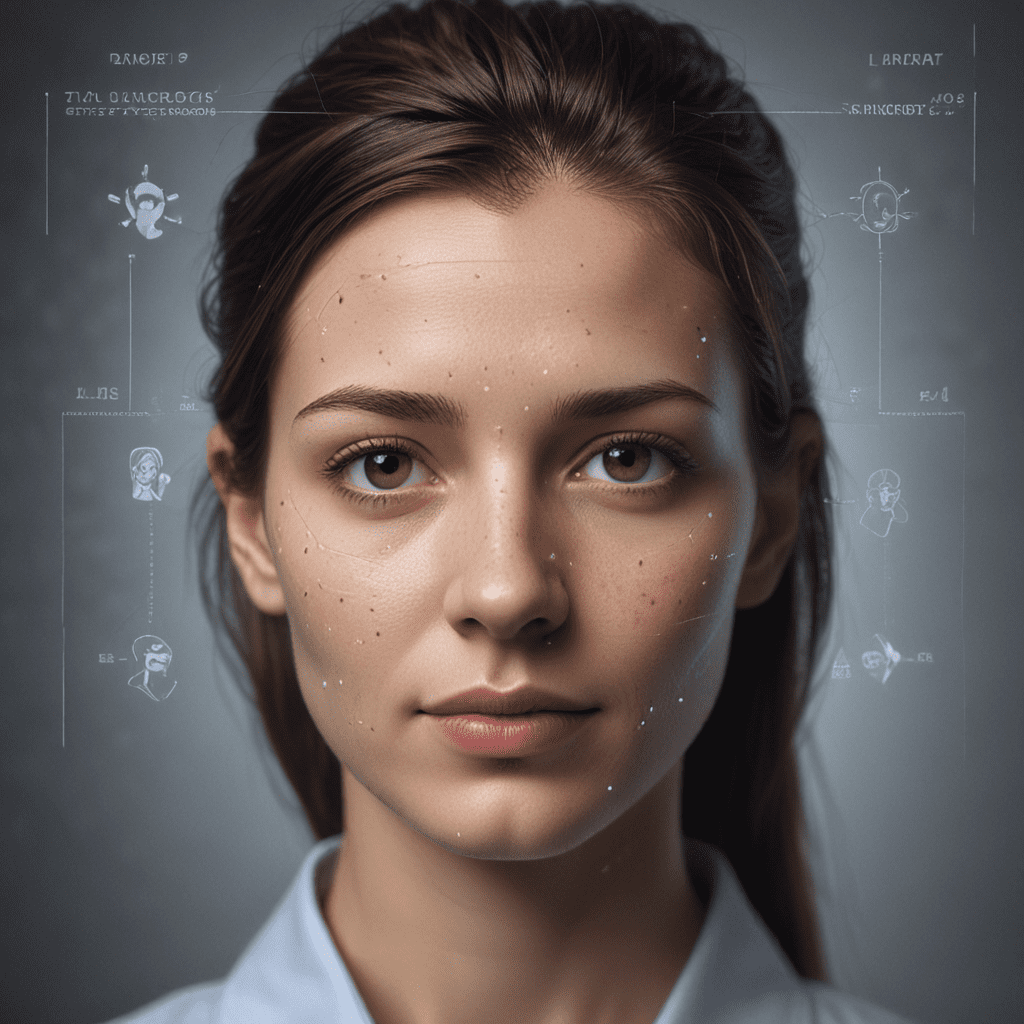
Facial Recognition: Navigating the Intersection of Technology and Civil Rights
I. Introduction
Facial recognition technology has emerged as a transformative force, offering a myriad of benefits while also raising important concerns about privacy and civil rights. This article delves into the complexities of facial recognition, examining its advantages and risks, the role of regulation, and the importance of public dialogue in shaping the responsible use of this technology.
II. The Benefits of Facial Recognition
Facial recognition offers a range of benefits that have made it an indispensable tool in various fields. It enhances security measures by providing accurate and reliable identification, preventing unauthorized access and protecting individuals from harm. Moreover, it streamlines convenience in areas such as retail, healthcare, and travel, allowing for secure and efficient transactions and personalized services.
III. The Risks of Facial Recognition
Despite its benefits, facial recognition technology also presents significant risks that must be carefully considered.
Privacy Concerns
Facial recognition involves collecting and storing sensitive biometric data, which raises concerns about privacy violations. The potential for unauthorized use or misuse of this data could lead to identity theft, stalking, or discrimination.
Potential for Bias and Discrimination
Studies have shown that facial recognition algorithms can be biased, leading to inaccurate or discriminatory results. These biases can perpetuate existing inequalities and harm marginalized communities, further eroding trust in technology.
IV. The Role of Regulation
To mitigate the risks associated with facial recognition, clear and comprehensive regulation is essential. Governments have a responsibility to establish guidelines that balance the benefits of the technology with the protection of individual rights. Industry self-regulation can also play a role in promoting responsible practices and ensuring adherence to ethical standards.
V. The Importance of Public Dialogue
Public dialogue is crucial in shaping the responsible use of facial recognition technology. Open and transparent discussions among stakeholders, including technology experts, civil rights groups, and the general public, can help identify concerns, address ethical considerations, and inform policy decisions.
VI. The Future of Facial Recognition
Advancements in technology are expected to continue driving the development of facial recognition. Improved algorithms and increased computing power will lead to more accurate and efficient systems. The potential for positive uses, such as enhancing healthcare, improving accessibility, and fighting crime, should be explored while addressing ethical concerns.
VII. Balancing Privacy and Security
Balancing the need for security with the protection of privacy is a delicate task. Careful consideration must be given to the appropriate use of facial recognition technology, ensuring that it is only deployed in scenarios where the benefits clearly outweigh the risks.
VIII. Ethical Considerations
Ethical considerations should guide the development and deployment of facial recognition technology. Principles such as informed consent, transparency, and accountability should be upheld to ensure that the technology is used in a responsible and fair manner that respects individual rights.
IX. Conclusion
Facial recognition technology offers both benefits and risks, necessitating a thoughtful and balanced approach. Through robust regulation, public dialogue, ethical considerations, and ongoing scrutiny, we can harness the potential of this technology while safeguarding privacy and civil rights.
X. FAQ
What are the benefits of facial recognition?
- Enhanced security
- Streamlined convenience
- Improved accessibility
What are the risks of facial recognition?
- Privacy violations
- Potential for bias and discrimination
- Ethical concerns
How can we mitigate the risks of facial recognition?
- Clear and comprehensive regulation
- Industry self-regulation
- Public dialogue and ethical considerations
What is the future of facial recognition?
- Advancements in technology
- Potential for positive uses
- Balancing privacy and security


